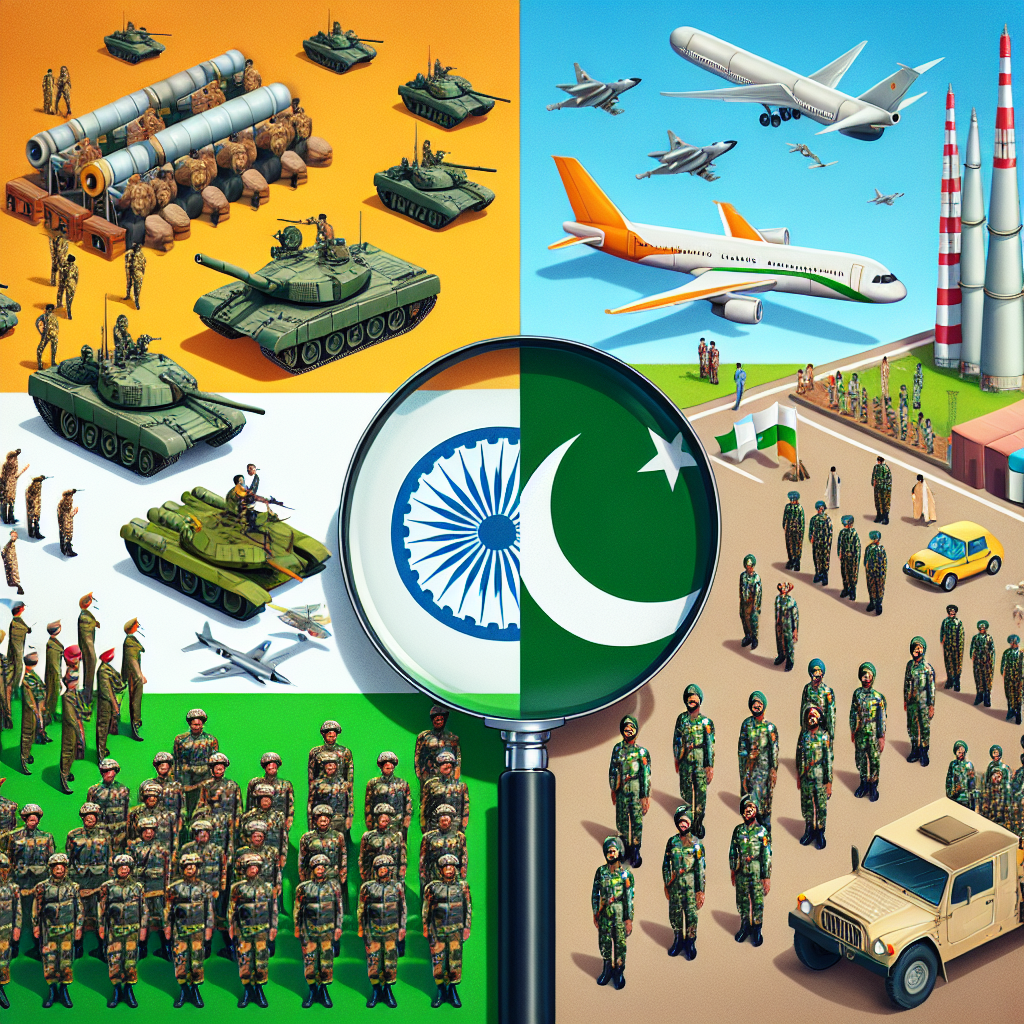Assessing the Military and Nuclear Strengths of India and Pakistan
Assessing the Military and Nuclear Strengths of India and Pakistan
Introduction
The military and nuclear capabilities of India and Pakistan have long been a focal point of regional and global security discussions. Both nations possess significant military forces and nuclear arsenals, which play a crucial role in their strategic postures. This summary provides an overview of their military strengths, nuclear capabilities, and the implications for regional stability.
Military Strengths
India’s Military Capabilities
- Personnel: India boasts one of the largest standing armies in the world, with over 1.4 million active personnel.
- Technology: The country has been modernizing its military with advanced technology, including fighter jets, naval vessels, and missile systems.
- Defense Budget: India consistently ranks among the top five countries in terms of defense spending, reflecting its commitment to maintaining a robust military.
Pakistan’s Military Capabilities
- Personnel: Pakistan maintains a sizable military force with approximately 654,000 active personnel.
- Strategic Focus: The military is heavily focused on defense and strategic deterrence, particularly concerning its eastern neighbor, India.
- Alliances: Pakistan has strategic alliances with countries like China, which bolster its military capabilities through technology transfers and joint exercises.
Nuclear Capabilities
India’s Nuclear Arsenal
- Development: India conducted its first nuclear test in 1974 and has since developed a credible minimum deterrent policy.
- Delivery Systems: The country possesses a triad of delivery systems, including land-based missiles, aircraft, and submarines.
- Policy: India adheres to a no-first-use policy, emphasizing nuclear weapons as a deterrent rather than a tool for warfare.
Pakistan’s Nuclear Arsenal
- Development: Pakistan became a nuclear power in 1998, with a focus on maintaining strategic parity with India.
- Delivery Systems: The nation has developed a range of delivery systems, including ballistic and cruise missiles.
- Policy: Unlike India, Pakistan has not adopted a no-first-use policy, maintaining ambiguity to enhance its deterrence posture.
Implications for Regional Stability
The military and nuclear capabilities of India and Pakistan significantly influence the security dynamics of South Asia. Their ongoing arms race and strategic posturing underscore the need for dialogue and confidence-building measures to prevent escalation and ensure regional stability.
Conclusion
India and Pakistan’s military and nuclear strengths are pivotal in shaping the geopolitical landscape of South Asia. While both nations continue to enhance their capabilities, the emphasis on deterrence and strategic balance remains central to their defense policies. Understanding these dynamics is crucial for fostering peace and stability in the region.

















